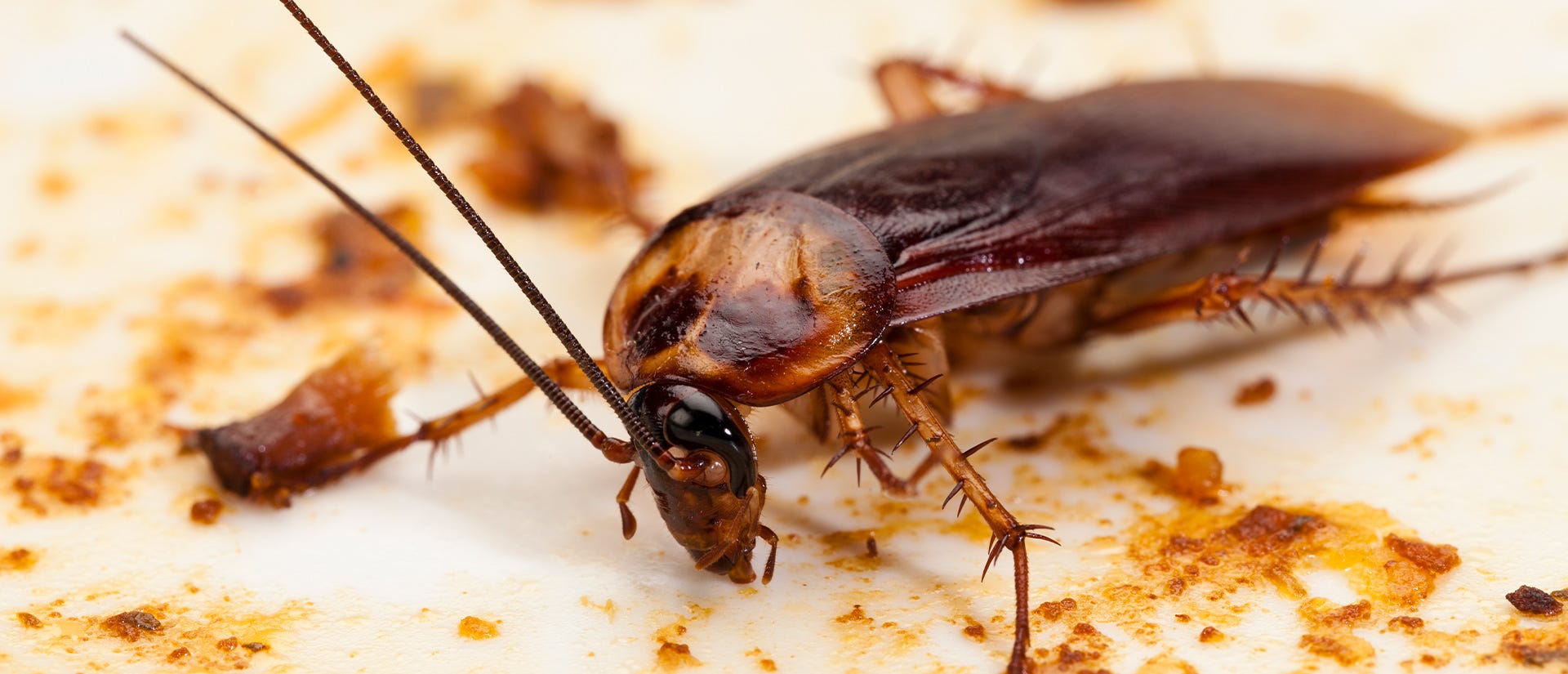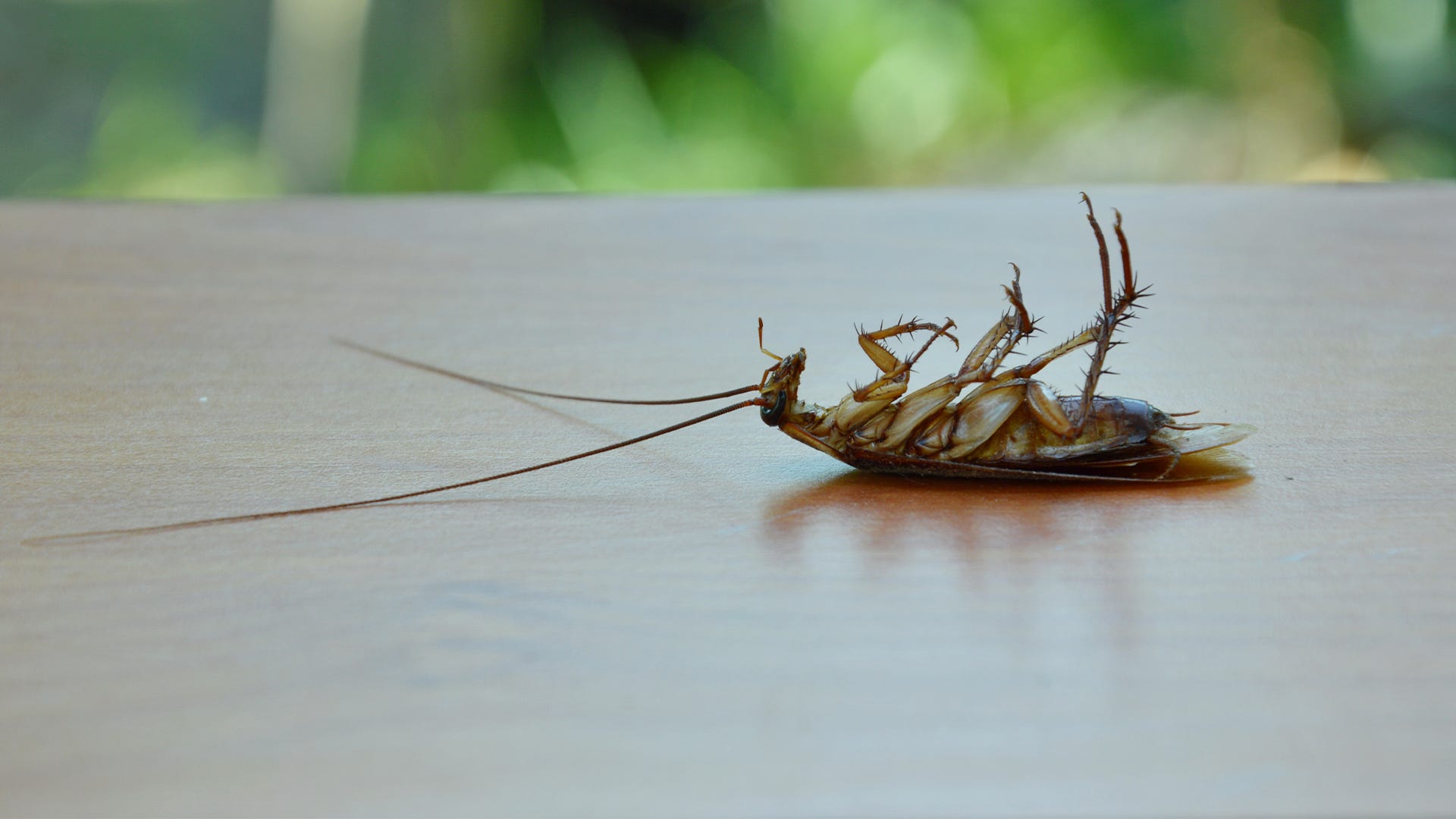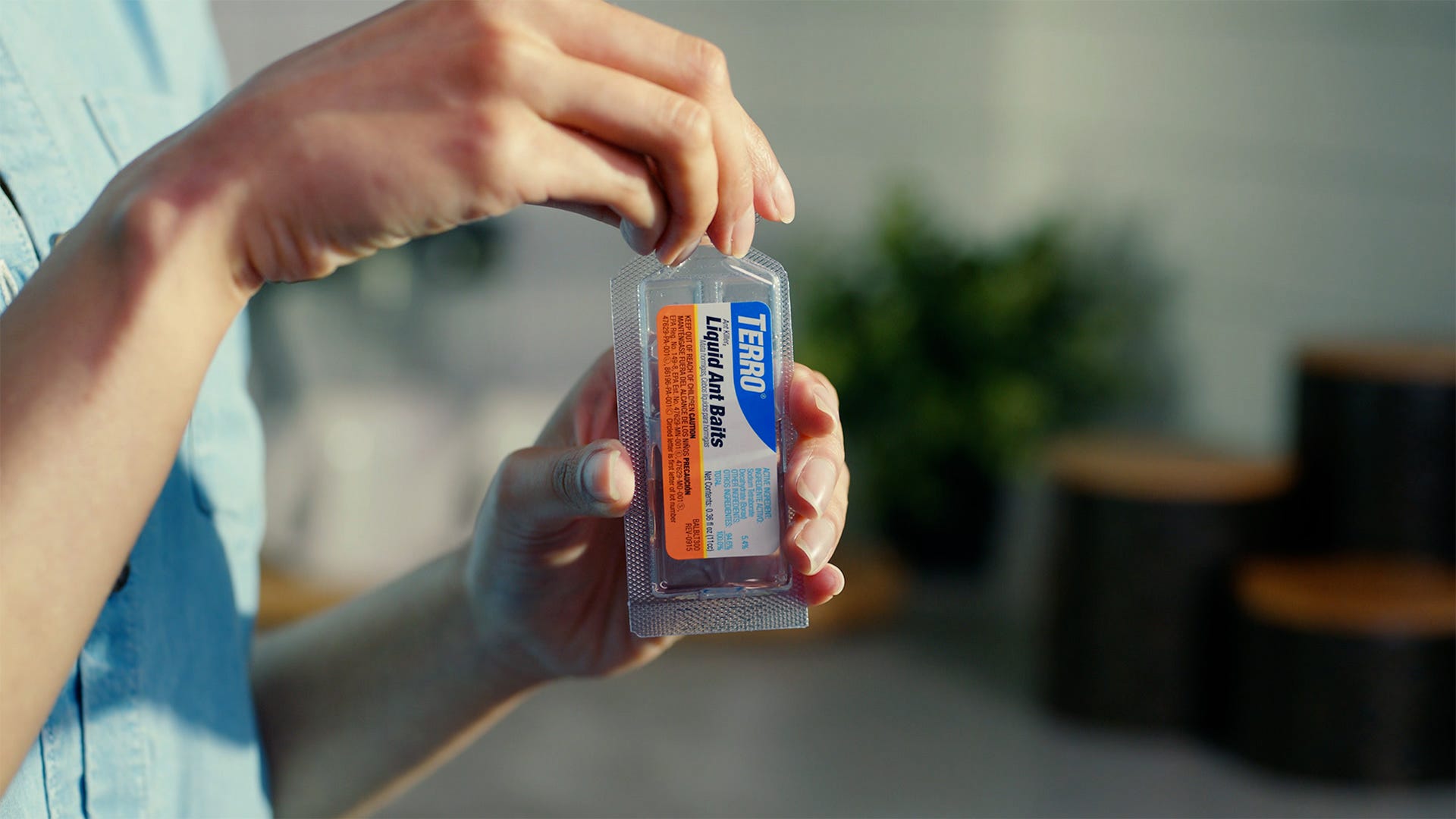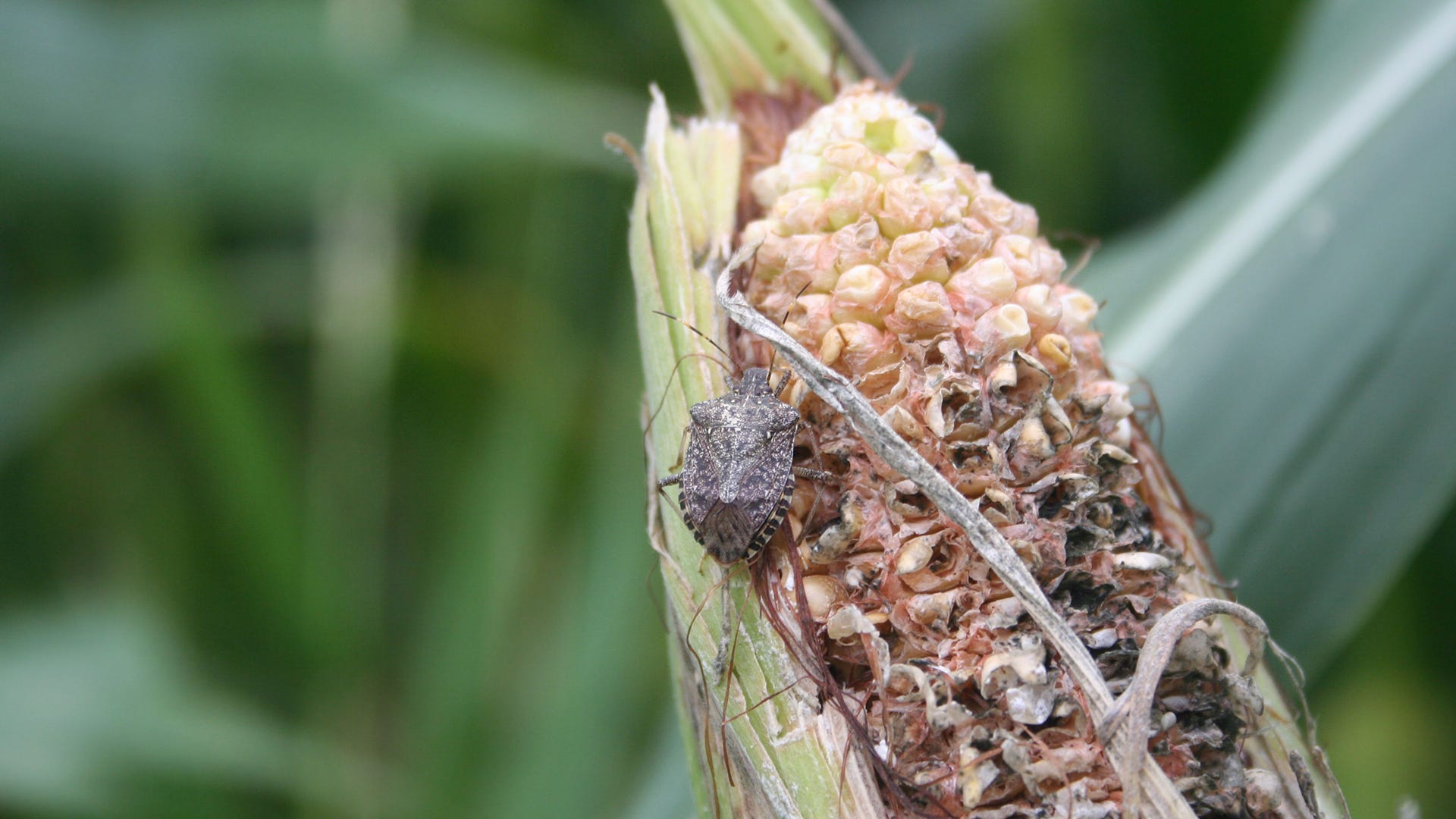We’ve all been in the same situation, wondering why cockroaches are so hard to kill. It seems that right as you gain control over the situation and don’t need to worry anymore that you spot another one crawling around. While cockroaches having the ability to survive a nuclear blast is a myth, there is an astounding amount of evidence that shows cockroaches are particularly hard to kill. But what makes these creepy, crawly insects so resilient in the face of death and how can you get rid of them for good?
The Odds Are in Their Favor
As it turns out, there is not one, but many answers to this question. Cockroaches won the evolutionary jackpot when it comes to survival skills. Many aspects of their genetics, reproductive cycle, and physical characteristics play important roles in keeping them alive even in the face of some of the most effective methods that would easily eliminate other common insects.
Living Without Body Parts
Did you know that cockroaches can live for a week without their heads? Cockroaches need their mouthparts to eat and drink, so after one week they will die from dehydration. However, they can survive up to one month without food if they have access to water. Cockroaches are also able to breathe through tiny holes along their entire bodies, so they don’t need their head for this life-sustaining act. As if that weren’t astounding enough, nymph cockroaches can even regenerate certain body parts. Luckily, adult cockroaches do not have this ability.
Speedy Travel Rates
If you’ve ever tried to chase a cockroach, you know they are surprisingly fast. They are one of the fastest crawling insects known to invade homes. Cockroaches can reach speeds up to 3 mph which is the equivalent of running 50 times their body’s length per second, which equates to a human running 210 mph. Running so quickly enables these insects to find shelter before predators, or shoes, can attack them.
Atypical Reproduction
There are several creatures on the planet that do not need males to reproduce, cockroaches are one of them. Insects typically breed quickly, and cockroaches are no exception. When males are easily accessible to females, they will choose to breed with them. However, if male cockroaches are scarce, females can breed asexually through a process called parthenogenesis.
Enhanced Senses and Immune System
Cockroach species that most commonly infest homes in the United States possess a much larger number of smell and taste receptors, making them especially skilled at finding food nearby. Many insects have limited diets, but the cockroach is an opportunistic feeder. They will eat meat, cheese, cardboard, books, and even human toenail clippings, making them more likely to survive when their preferred food is scarce.
In addition to their above-average senses, they also have highly advanced immune systems. Certain foods that might otherwise be poisonous to insects or animals can be eaten by cockroaches due to certain genes found in their DNA. These genes detox the potentially hazardous foods with enzymes found in the gut bacteria, effectively killing off microbes and fungi. This results in cockroaches being able to eat almost anything they can fit in their mouth.
Strong Exoskeletons
Everyone learns about the strength of ants, but roaches also possess extreme strength, making them extremely resistant to being squished. Cockroaches can withstand up to 900 times their body weight under compression forces. A cockroach’s exoskeleton is made up of overlapping plates that are connected by a stretchy membrane. This allows them to flatten out and provides extreme strength against anything compressing against these plates. Even when undergoing compression, such as a person stepping on them, their specially developed spines allow them to transfer traction to their legs, allowing them to escape even under pressure.
Resistance to Insecticides
Much like bacteria developing a resistance to antibiotics, cockroaches can develop a resistance to insecticides. Their immune systems and strong gut bacteria that allow them to eat potentially harmful foods also protects them against insecticides. Roaches only live approximately 100 days, making their reproductive cycle very swift. Once one generation becomes slightly resistant to any insecticide, the resulting generations will likely be less susceptible.
How to Effectively Kill Cockroaches

While insecticides may help put a dent in one generation of cockroaches, they cannot eliminate large infestations that have had time to breed due to their ability to resist the effects. To effectively eliminate cockroach infestations, you need a comprehensive plan that will not only kill them but keep future infestations from recurring. Use the steps below to get them out and keep them out.
- Identify Problem Areas -- Conduct a thorough search of your home to find all the locations where cockroaches are gathering. Knowing all the areas you need to treat ensures you can make the most impact when eliminating these pests.
- Seal Entrances -- If there’s an entrance, cockroaches will use it. Search for cracks in walls, holes in screens, or spaces underneath doors where insects could enter your home. Seal these entrances to prevent cockroaches from gaining access.
- Reduce Populations -- When dealing with any infestation, it’s essential to begin reducing the population as quickly as possible. Cockroaches breed rapidly, so it’s best to eliminate as many as possible to break the reproductive cycle so future generations don’t have a chance to hatch. Roach baits and powders are especially effective because the toxic food will attract other cockroaches and be shared around the colony, making it easier to eliminate many at once, especially if they’ve nested in hard-to-reach areas.
- Clean Infested Areas -- Nothing attracts cockroaches quite like easy access to food. In addition, cockroach droppings attract nearby roaches, so it’s essential to thoroughly clean any areas where these insects have traveled. Keeping your home, especially the kitchen, clean from food scraps and residue is also critical. Store food in impenetrable, sealed containers to reduce the risk of attracting more insects.
- Protect Your Trashcans – Like many insects, cockroaches are attracted to trashcans. After all, it’s a great place to find food scraps! TERRO® Garbage Guard® releases an odorless vapor that deeply penetrates the enclosed space to kill visible and hiding insects, as well as prevent new infestations. The compact pod features an adhesive strip for easy attachment in outdoor garbage cans, trash bins, and dumpsters.
- Place Glue Traps -- Glue traps are so effective because cockroaches cannot develop a resistance to them. The scent attracts roaches and other pest insects while the glue securely holds them until the time of disposal. Keeping glue traps set in strategic areas throughout the year will keep populations low and alert you to any increases in their numbers so you can take swift action.
- Monitor Frequently -- It’s easy to sit back and relax after eliminating a roach infestation. Remain vigilant with set glue traps and monitor high-risk areas weekly. The sooner you catch a small infestation, the easier it will be to get rid of it.
Which Cockroach Fact Surprised You the Most?
Let us know on our Facebook page and don’t forget to share your insect stories as well! If you’re frequently fighting insects inside your home, consider signing up for our e-newsletter. We send out updates on our exclusive sales, new products, tips, and so much more to better help our customers and keep them informed. Have questions? Head over to our Learning Center to learn more about different insects you may find in your home.




